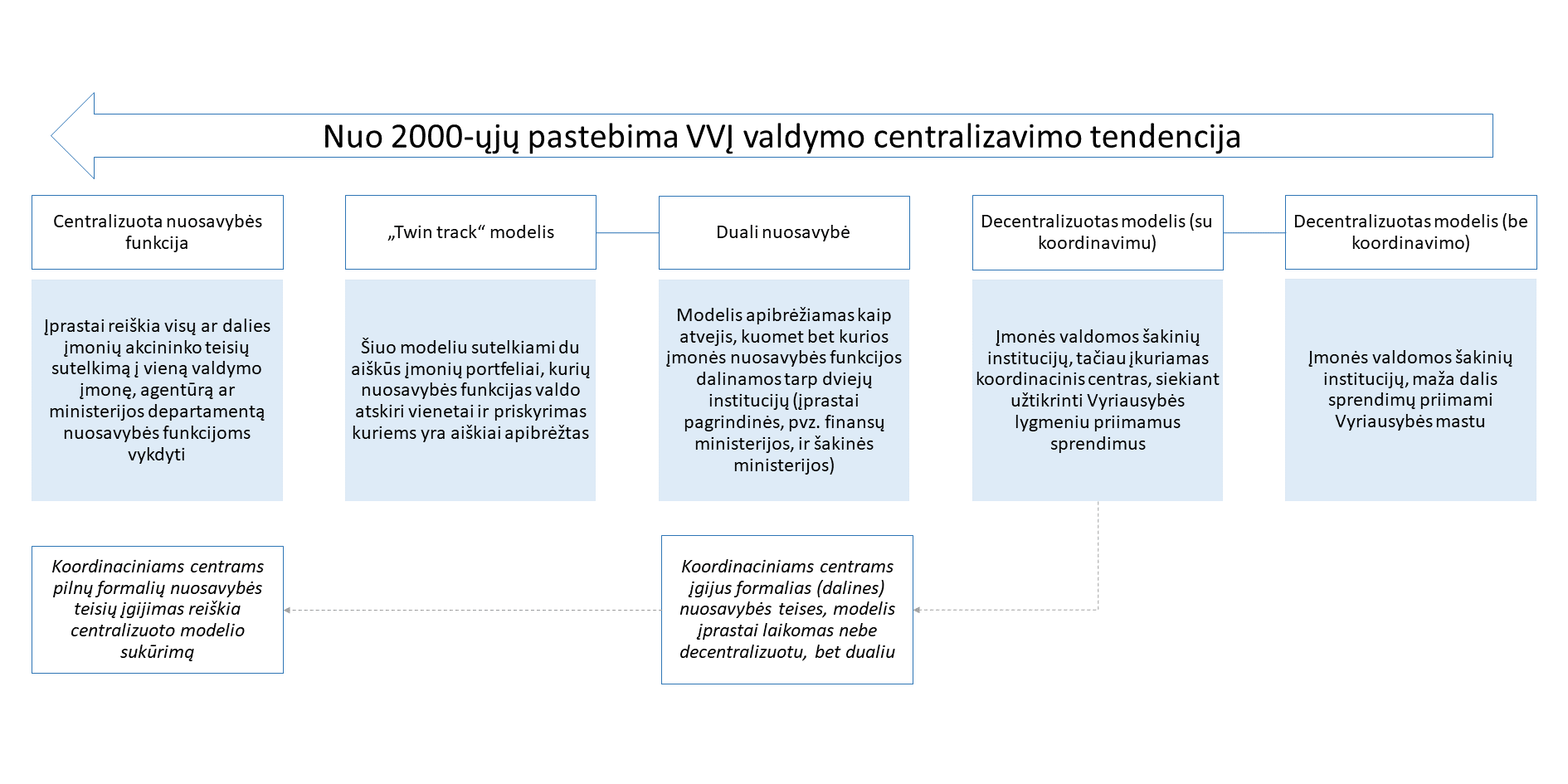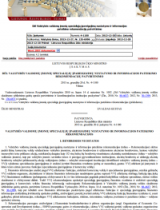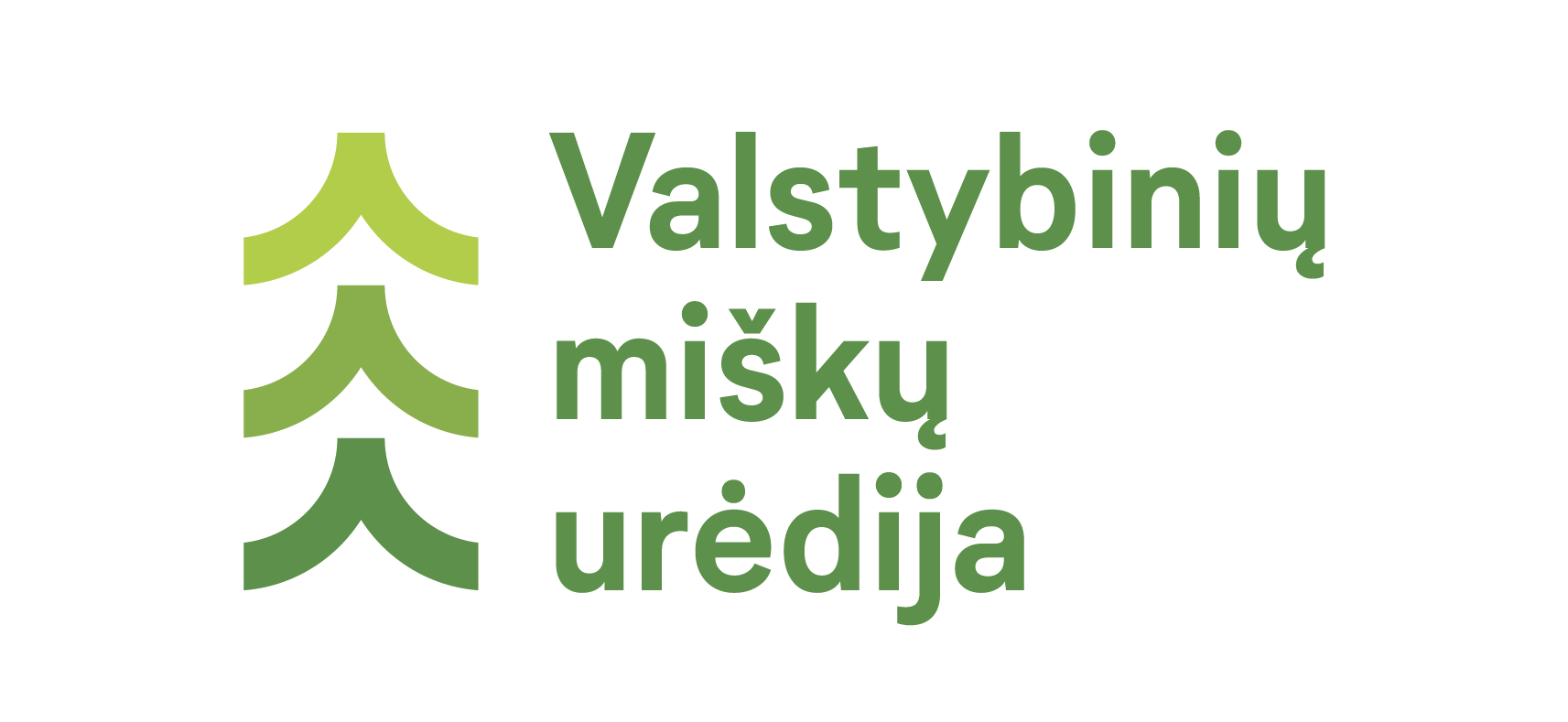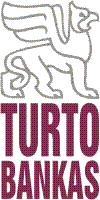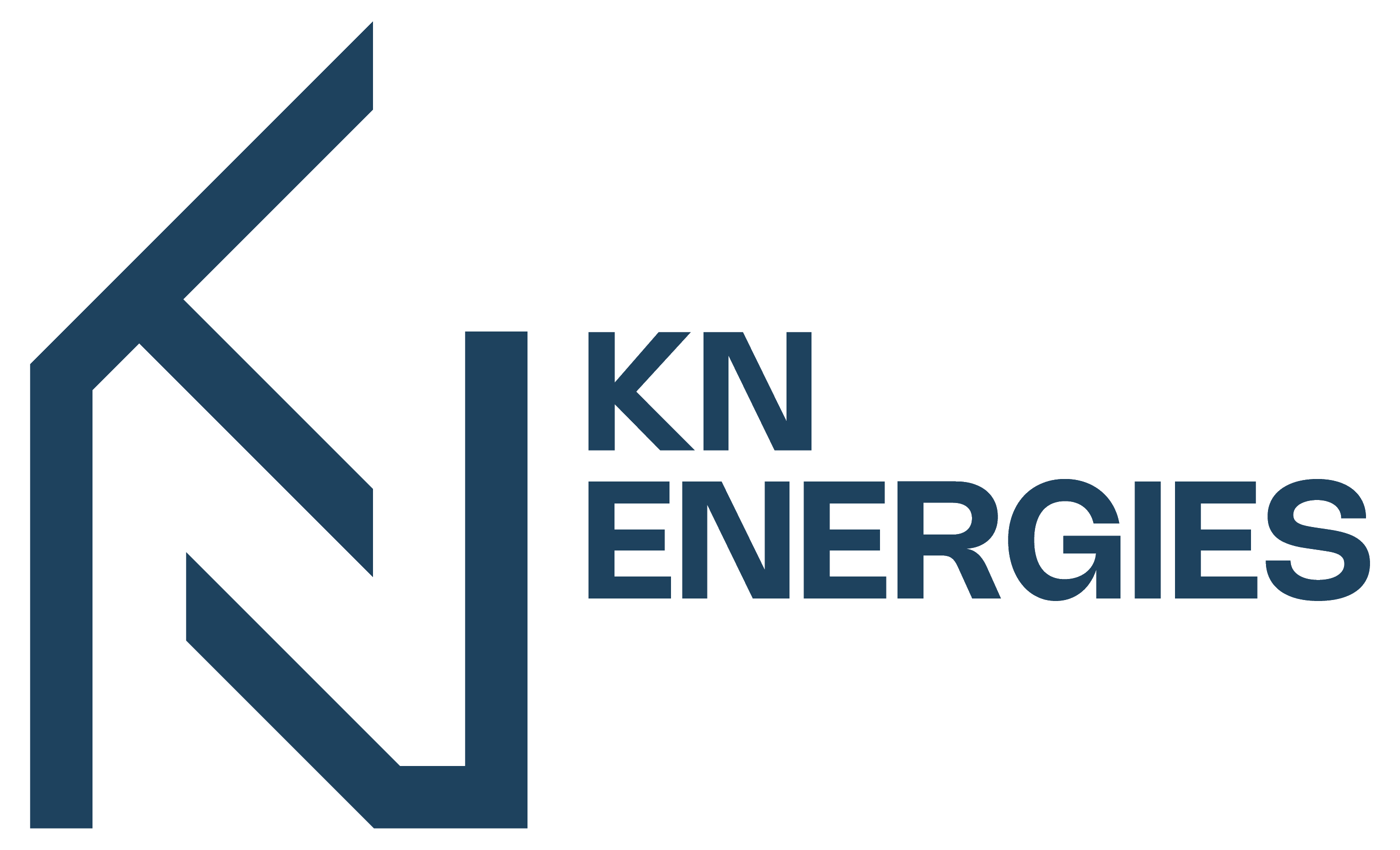SOE reform
Objectives of the reform
For a considerable period since the Restoration of the Independence, state institutions and politicians have neglected the governance of state-owned enterprises. One of the most apparent implications of this neglect is a lack of operating efficiency in this sector.
The reform of state-owned enterprises aims to address these challenges, promote efficiency and transparency in state-owned enterprises and achieve that state becomes a professional and responsible owner of such enterprises actively seeking to increase the asset value. The purpose of the reform of state-owned enterprises is to make corporate governance transparent, based on good governance principles and geared towards clear goals.
The key outcome expected out of this reform is better efficiency of state-owned enterprises. More efficient operations bring multiple benefits for the companies themselves as well as the state and its citizens alike. Increased efficiency of state-owned enterprises helps improve the quality of the services provided and products developed by the companies and reduce the price of the services offered.
Greater efficiency of state-owned enterprises would also boost the profitability of the companies and their contribution to the budget, while these funds could be used to finance social security, education, healthcare, culture and other important sectors.
Transparent operations of state-owned enterprises also contribute to the creation of a business-friendly climate, which is a necessary corollary to attract more foreign investors to Lithuania. Another important aspect is the development of capital market. Optimisation of the companies’ business opens up the opportunities to attract some funds needed by the companies from capital markets. If more of the state-owned enterprises were listed on stock exchanges, this would give a significant boost to market capitalisation, increase the liquidity of the market and make it more appealing to both domestic and foreign investors.
In line with OECD recommendations and international good practices, in 2010 the Government passed the Resolution approving the Schedule of the Guidelines for Ensuring Transparency in the Operations of the State-Owned Enterprises and Appointing the Coordinating Body (known as the Transparency Guidelines), which set high transparency and accountability requirements for all SOEs. In 2012, the Resolution Approving the Schedule of the Procedures for the Implementation of State Property and Non-Property Rights in State-Owned Enterprises (known as the Ownership Guidelines), which outlined the Government’s ownership policy for the SOEs. The Ownership Guidelines provide decisions on the principles to be followed in defining strategic objectives and setting financial indicators, separating regulatory and ownership functions, forming boards and supervisory boards of SOEs, etc. The Ownership Guidelines sets out three key measures to strengthen the governance of SOEs: a strong shareholder, strong corporate executives and clear objectives. In order to strengthen the principles of independence and selection of boards and supervisory boards, the Resolution Approving the Schedule of Procedures for the Nomination of Candidates to the Board of Directors of a State or Municipal Enterprise and Candidates to the Collegial Supervisory or Governing Body of a State- or Municipality-Owned Enterprise to be Elected by the General Meeting (the so called Nomination Guidelines) was adopted. The Nomination Guidelines formalize the selection process, determine the composition of the collegial bodies of the SOE, requirements for candidates and more. The measure of clear objectives is implemented by setting the target average cost of equity and by preparing letters to companies regarding the State’s objectives and the expectations for the SOEs (Letters of Expectations).

